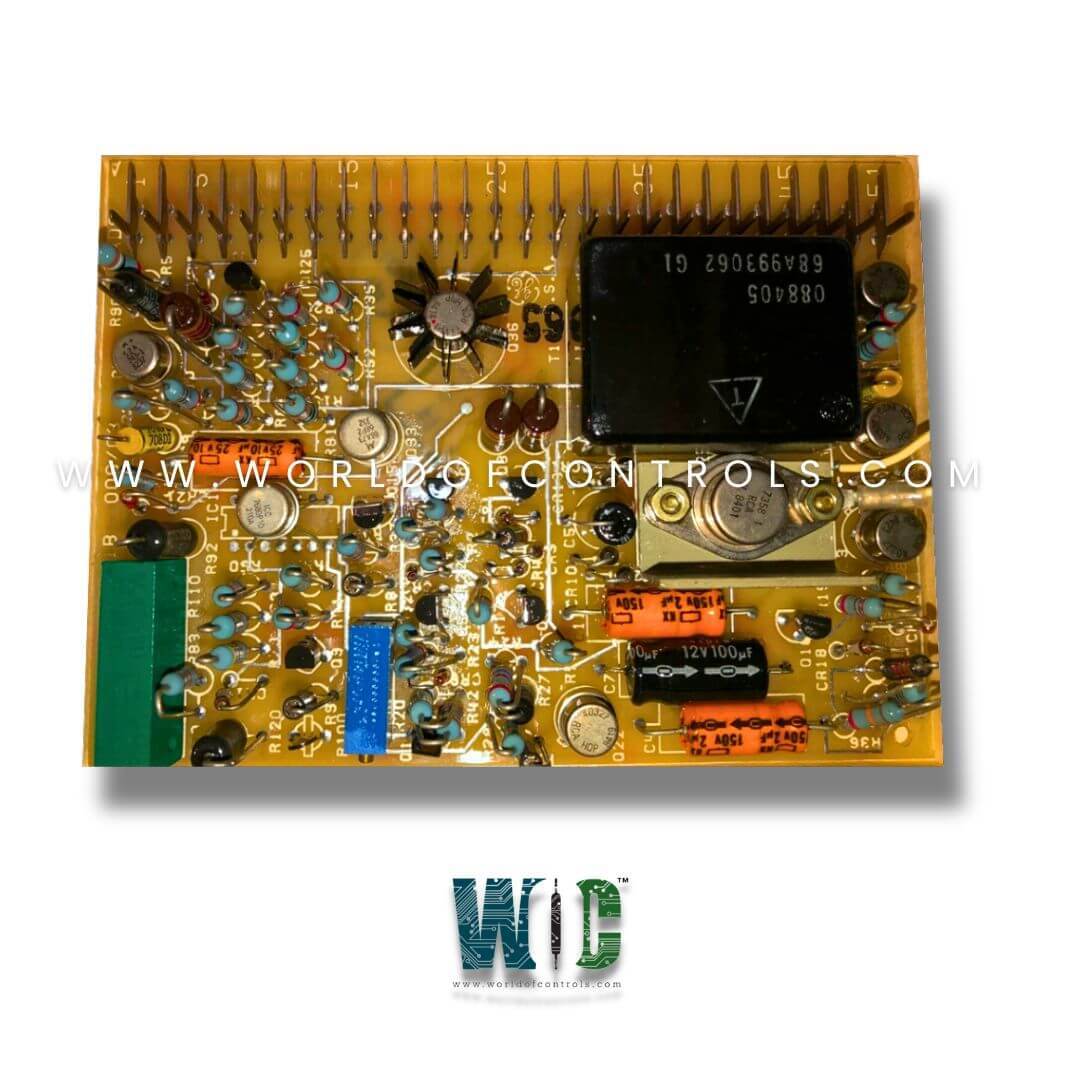
World Of Controls understands the criticality of your requirement and works towards reducing the lead time as much as possible.
IC3600SVZB1 - Voltage Regulator Card is available in stock which ships the same day.
IC3600SVZB1 - Voltage Regulator Card comes in UNUSED as well as REBUILT condition.
To avail our best deals for IC3600SVZB1 - Voltage Regulator Card, contact us and we will get back to you within 24 hours.
Part No: IC3600SVZB1
Manufacturer: General Electric
Function: Voltage Regulator Card
Series: Mark I and II
Repair: 3-7 Day
Availability: In Stock
Country of Manufacturer: United States (USA)
IC3600SVZB1 is a Voltage Regulator Card developed by GE. It is a part of Mark I and II control system. It is designed to regulate and stabilize voltage levels within the control system, ensuring reliable and consistent power supply to critical components of gas and steam turbines. It plays a key role in managing voltage fluctuations and protecting sensitive electronic equipment from damage due to overvoltage or undervoltage conditions.
WOC is happy to assist you with any of your GE requirements. Please contact us by phone or email for pricing and availability on any parts and repairs.
What is IC3600SVZB1?
It is a Voltage Regulator Card developed by GE.
How does the control system improve turbine performance?
It offers maximum reliability during starting and running, Fast and accurate control response, Increased system lifespan, and Adaptability to different turbine cycles and applications.
What technology does the system use?
The system relies on electronic computation and electrical signal processing. It uses output amplifiers to drive servo valves, which operate high-pressure hydraulic actuators with direct electronic feedback resulting in responsive and stable control with no dead band.